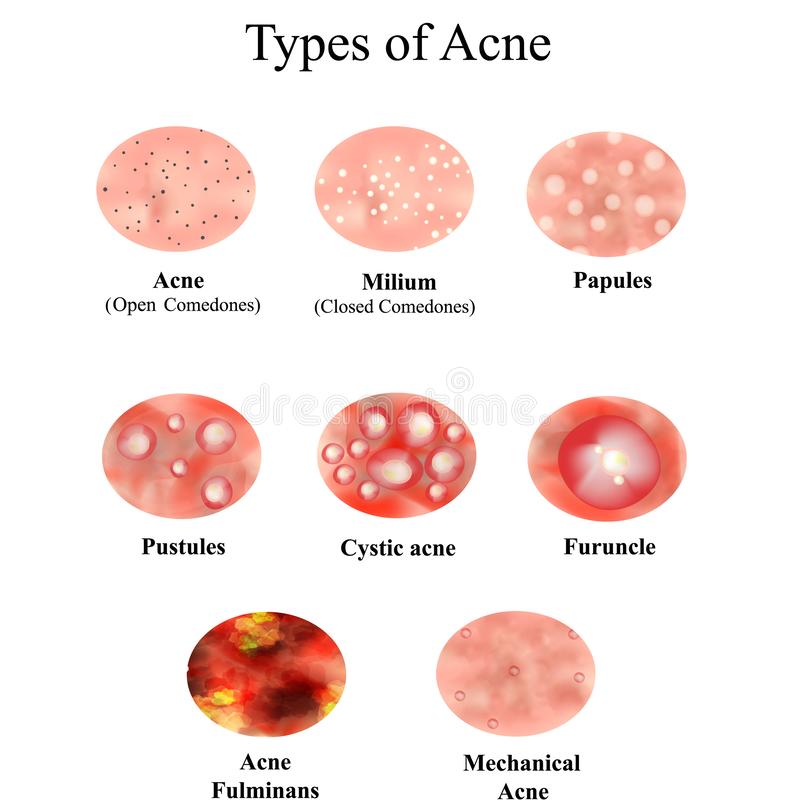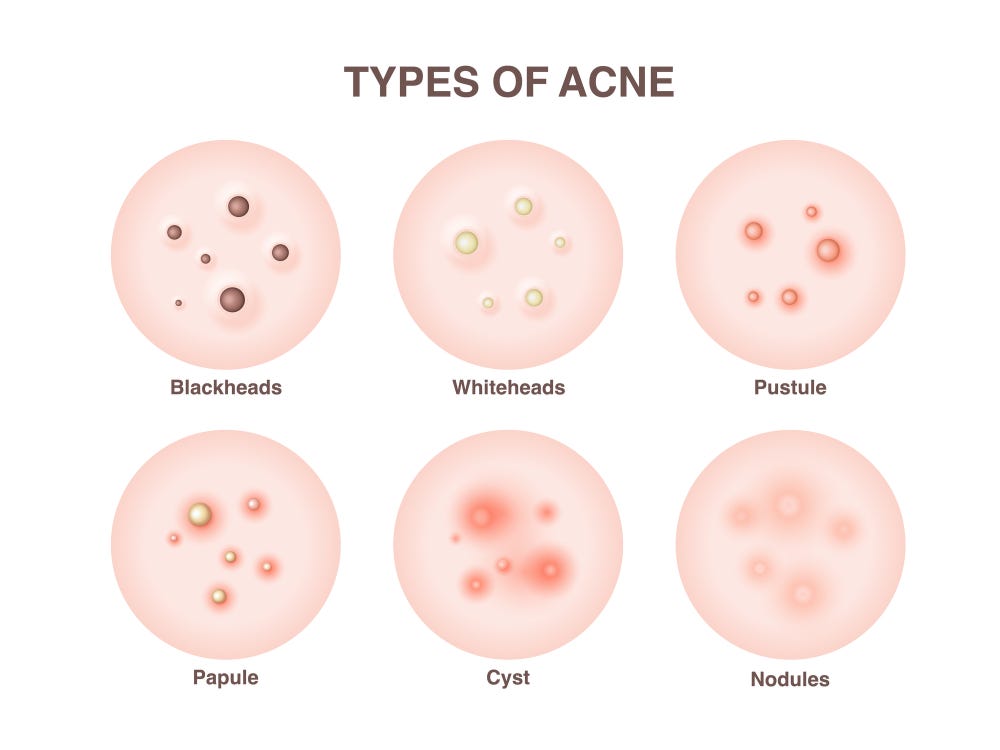
There are two types of comedonal acne: open comedones and closed comedones. Open comedones are dark blemishes that form on the face and are easily mistaken for dirt. Giant comedones are larger, cyst-like lesions that are very visible. Microcomedones are small bumps that can be very difficult to see. Solar comedones form in older people and are very rare. These types of comedoes do not contain bacteria or pus, but they can be very stubborn.
The follicles that produce comedones are connected to the pilosebaceous unit, a hair follicle and a sebaceous gland. The follicle pore may become blocked due to excess keratin, causing a small bump to appear. A buildup of dead skin cells in the pore can trigger the development of comedones.
The best way to treat comedonal acne is to avoid the production of sebum by the sebaceous glands. Choose oil-free cosmetics and avoid using makeup with a "non-comedogenic" label. You should also wash your face twice a day and wear sunscreen every time you are in the sun. You can also apply topical treatments to your comedo. These creams are best applied once or twice a day to the affected area. Results may take several months, but are usually worth the effort.
Blackheads are open-faced comedones. Their melanin pigment oxidizes when it comes into contact with air. Whiteheads are closed-faced and look like small flesh-colored or white dots. They are all bumpy. The most common types of comedos are found on the chin, forehead, and chin. These blemishes are most often present on the chin and forehead.
These comedones don’t look like typical acne. They are not red, inflamed, or prone to producing pus. Instead, they develop as small, closed bumps on the skin. They may occur alone or with acne vulgaris. They can occur in anyone, and comedos are a sign of severe acne. Some suffer from multiple types of acne. This condition tends to run in families, and comes with a high risk for developing more severe forms of the disorder.
Blackheads are open-faced, while whiteheads are closed and feel bumpy. These are the most common types of comedos, as they can be painful to the patient. If they’re left untreated, they will eventually turn into pustules. However, blackheads can also occur on other parts of the face. So, it’s best to get treatment immediately. So, what are the different Comedonal Acne Types?

Unlike the acne types, comedos don’t look like the typical kind. They’re not red or inflamed, and they don’t tend to produce pus. The comedos are small, closed or open bumps that form on the face. These types of acne are mild and usually occur along with the acne vulgaris variety. You can have a combination of these two types of acne.
The first type of comedones is a non-inflammatory form of acne. Looks like a flesh-colored bump on the skin. This is often considered a mild form of acne. It is not inflammation and is not a serious disease. You can cure it by following the rules of skin care and visiting a dermatologist. And remember, acne is never a good idea, but it can be treated. You will need patience and following the recommendations on บล็อกสุขภาพและยาที่ดีที่สุด
to get rid of it completely.
Comedos are a non-inflammatory type of acne. They are precursors to inflammatory acne vulgaris. While they don’t always turn into inflamed pimples, they often remain clogged with pores. You should avoid inflammatory comedones by using oil-free and non-comedogenic products on your skin. This will reduce the risk of clogged pores.
Symptoms of comedonal acne include small, flesh-colored bumps on the face. The most common areas are the forehead and chin. They are usually the only type of acne that appears on the face. These pimples are usually not inflamed and difficult to treat, but there are certain things you can do to minimize their appearance. You can also learn how to prevent them and treat them effectively.